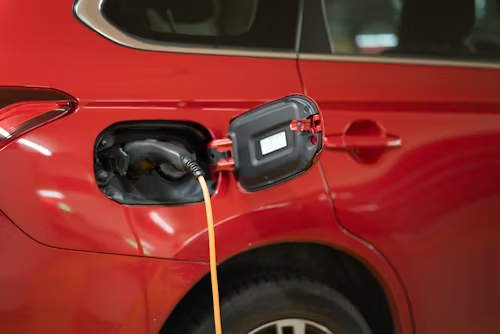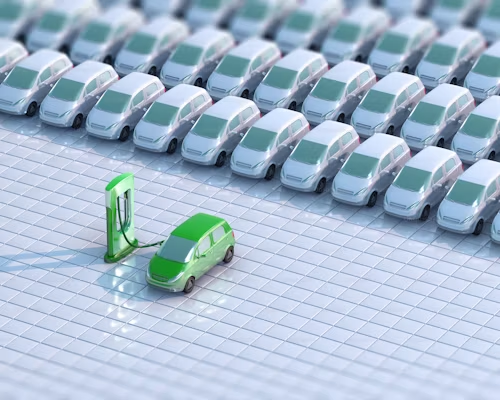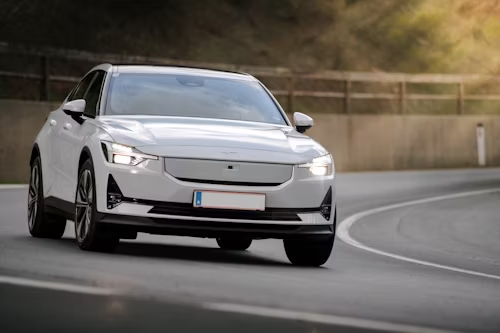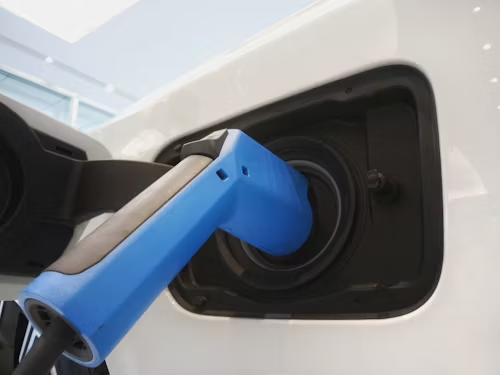The Future of Transportation: Exploring Enhanced Mobility Systems through Electric Vehicle Retrofitting and Smart Car Enhancements

The automotive industry is undergoing a significant transformation, driven by the urgent need for sustainable transportation solutions and advancements in technology. Enhanced mobility systems, electric vehicle retrofitting, and smart car enhancements are at the forefront of this revolution. This comprehensive exploration will delve into how these innovations not only promise to reduce our carbon footprint but also enhance the overall driving experience, making it safer, more efficient, and environmentally friendly.
Understanding Enhanced Mobility Systems
Enhanced mobility systems refer to the integration of advanced technologies and innovative solutions designed to improve the functionality and performance of transportation systems. These systems are pivotal in making transportation more accessible, efficient, and sustainable. They encompass a range of technologies, including autonomous driving features, advanced navigation systems, and connectivity improvements that facilitate better communication between vehicles and traffic management infrastructures.
- Autonomous Driving: Leveraging AI and machine learning to provide vehicles with the capability to drive themselves with little or no human intervention.
- Advanced Navigation Systems: Utilizing GPS and real-time data analytics to optimize routes, reduce travel times, and avoid congested areas.
- Vehicle-to-Everything (V2X) Communication: Allowing vehicles to communicate with each other and with road infrastructure to enhance road safety and traffic flow.
Electric Vehicle Retrofitting: A Step Towards Sustainability
Electric vehicle retrofitting involves modifying existing gasoline or diesel-powered cars to electric operation, providing a sustainable second life to older vehicles. This not only reduces waste but also extends the usability of vehicles, significantly cutting down on the environmental impact associated with vehicle manufacturing and disposal.
Retrofitting is particularly appealing for its potential to democratize access to electric vehicles (EVs). By converting existing cars, the cost barriers associated with buying new EVs can be lowered, making it a feasible option for a larger section of the population. Moreover, retrofit kits can be customized to various vehicle models, thus preserving the diversity of the automotive landscape while enhancing it with clean technology.
- Battery Installations: Replacing the internal combustion engine with a high-efficiency battery pack.
- Electric Motor Integration: Installing electric motors that provide quiet, efficient power.
- Software Updates: Implementing software that manages battery usage and motor operation to optimize performance and range.
Smart Car Enhancement: Leading the Charge in Automotive Technology
Smart car enhancements refer to the addition of advanced technological features that increase the intelligence and connectivity of vehicles. These enhancements are not limited to electric vehicles but can be integrated into any car to improve safety, efficiency, and user experience. Features such as automated parking, collision avoidance systems, and smartphone integration are becoming standard in the new generation of smart cars.
The integration of IoT (Internet of Things) technology plays a crucial role in smart car enhancements, providing seamless connectivity and real-time data exchange. This facilitates enhanced diagnostic capabilities, preventive maintenance, and even personalized user experiences based on driver behavior analysis.
- Automated Parking Systems: Use sensors and cameras to assist drivers in parking vehicles safely without manual intervention.
- Collision Avoidance Systems: Deploy radar and other sensors to detect potential obstacles, alerting the driver and, if necessary, activating emergency braking.
- Smartphone Integration: Connects cars with smartphones to manage navigation, music, and even vehicle settings through mobile apps.
Electric Smart Cars: Combining Efficiency with Intelligence
Electric smart cars represent the convergence of electric vehicle technology and smart enhancements. They embody the pinnacle of what current technology can achieve in making transportation not only cleaner but also considerably smarter. Electric smart cars offer numerous benefits, including reduced emissions, lower running costs, and cutting-edge technology that ensures a connected and responsive driving experience.
Manufacturers of electric smart cars are continually working on improving battery technology, increasing range, reducing charging times, and integrating advanced driver-assistance systems that promise a safer and more enjoyable driving experience. This commitment to innovation makes electric smart cars a compelling choice for the environmentally conscious and tech-savvy consumer.
- Enhanced Battery Life: Innovations in battery technology that increase the range and lifespan of electric cars.
- Fast Charging Capabilities: New charging technologies that reduce the time needed to recharge electric batteries.
- Integrated AI Systems: AI systems that learn from the driver's habits to optimize driving dynamics and energy use.
Sustainable Car Solutions: Leading the Way to a Greener Future
Sustainable car solutions involve a holistic approach to reducing the environmental impact of the automotive sector. This encompasses the development of electric vehicles, enhancements in manufacturing processes, and initiatives to recycle and repurpose used car components. By focusing on sustainability, the automotive industry can significantly reduce its ecological footprint, paving the way for a cleaner, greener future.
Innovation in sustainable car solutions is not just about producing electric vehicles but also about refining production techniques and materials to be less environmentally invasive. For instance, using recycled materials in car production and developing biodegradable parts are steps toward a more sustainable automotive industry.
- Recycled Materials: Using recycled or sustainable materials in the manufacturing of vehicles to reduce waste.
- Biodegradable Parts: Developing car components that are biodegradable or more easily recyclable at the end of their life cycle.
- Renewable Energy Integration: Using renewable energy sources, such as solar or wind power, in the manufacturing processes.
As we transition into a new era of automotive technology, enhanced mobility systems, electric vehicle retrofitting, smart car enhancements, electric smart cars, and comprehensive sustainable car solutions are leading the charge. These innovations not only promise a reduction in environmental impact but also enhance the safety, efficiency, and enjoyment of transportation. The future of mobility is bright, and it is electric, smart, and sustainable.




